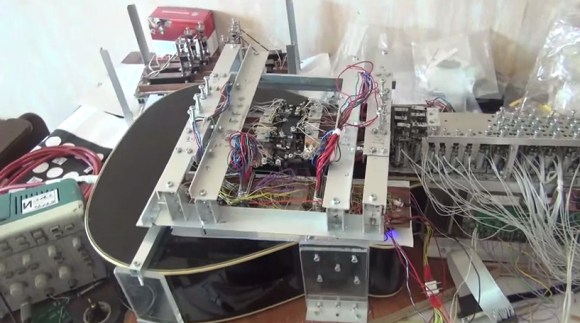[Gerry] built his own high stability timebase add-on for his HP 53131 frequency counter. This project started out after [Gerry] built a rubidium 10 MHz standard for his lab. Upon connecting the standard to the frequency counter for calibration, he found that the HP 53131 had an awful internal oscillator. The official high stability timebase add-on from HP cost about $1000, and he was determined to do better.
Using a second hand OCXO as the oscillator, he designed his own add-on module. OCXO modules pack a crystal oscillator in a thermal chamber. Since temperature fluctuation causes drift in crystal oscillators, an OCXO controls the temperature to keep the frequency constant. They can be bought second hand on eBay for under $30.
The PCB design for the module can accommodate a variety of OCXO modules. It uses a high speed comparator and a high stability 5 volt reference to provide the clock signal to the counter. A DAC is used to calibrate the oscillator. By keeping the same DAC as the original counter, the add-on board can be calibrated using the front panel of the device.
The project is a drop in replacement for HP’s $1000 module for a fraction of the cost. [Gerry]’s write up has all the details you’ll need to build your own.
Continue reading “Making A HP Frequency Counter More Accurate”

















